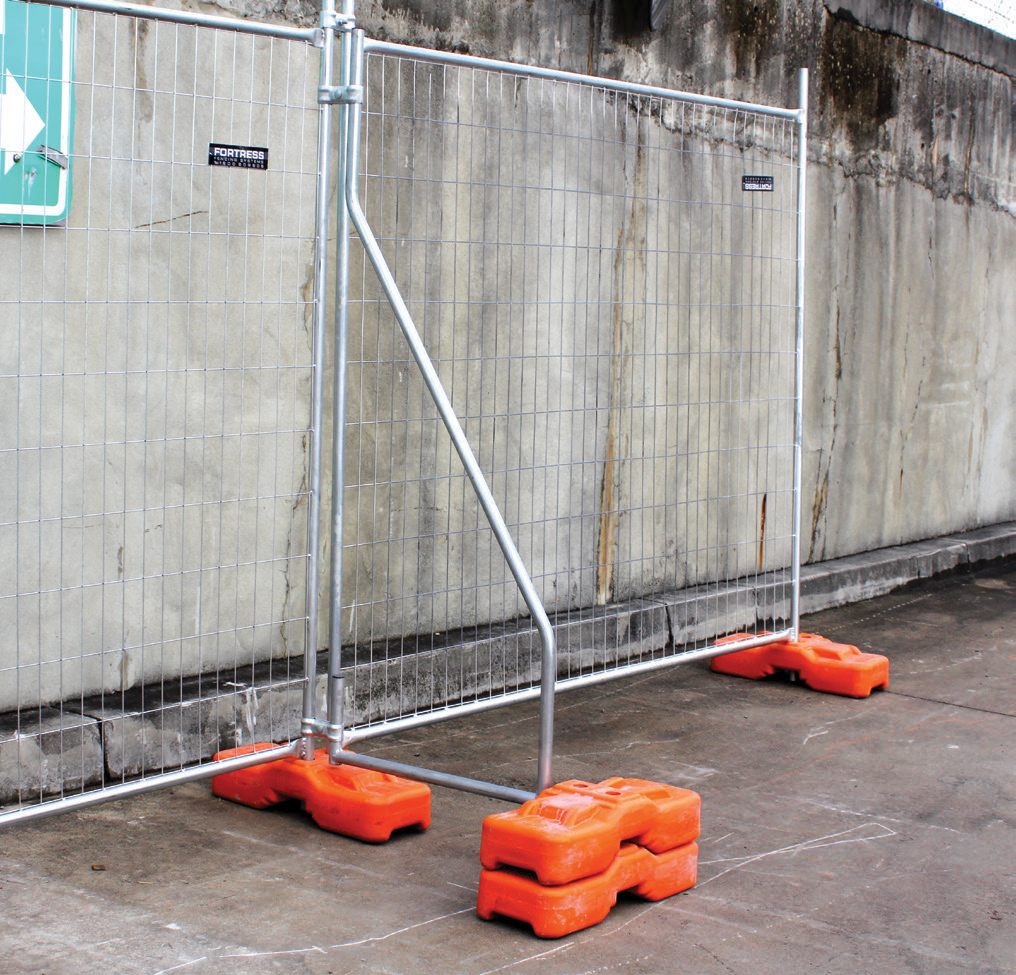Buying vs Hiring Temp Fence
Should I buy or hire temp fence panels?
That is the dilemma that faces construction contractors when setting up a new site. Whether you’re a major contractor or a one-man-band. So, let’s have a look at the benefits of buying over hiring temp fence panels.
Buying any equipment gives you better control and temp fencing is no different. Owning your fence panels outright means they’re ready when you need them. Add and remove panels without paying extra fees, and have the freedom to move them with your projects. Making a capital purchase is always an advantage for your business, fence panels are an asset and purchasing can provide a tax benefit.
Remember, hiring temporary fencing can involve a lot of hidden costs. Fees are added at the end of the contract and cost can increase very quickly. The key advantage of buying your temp fencing is the peace of mind that you are paying one price.
Once you invest, you are able to use these panels on many projects, without the difficulties of having to hire and off-hire.

Hire vs Buy Case Study
PROJECT: South East Queensland Rail | PERIOD: 2 Years | PRODUCT: 4km of temporary fencing
COSTS TO HIRE
Quantity:4,000m
Cost/meter (est.):$1.10/m per month = $105,000
Other Costs
Relocation (2,000m):$2.50/m = $5,000
10% Panel Damage (400m): $30/m = $12,000
Cleaning Charge:$1,500 = $1,500
Total Cost $124,100
COSTS TO BUY
Quantity:4,000m
Cost/metre (est.):$21/m = $84,000
Other Costs
Labourer to install and remove
Panels (100m/hr @ $60/hr) :
$4,800 = $4,800
Total Cost $88,000
Value of goods at end of the project (est.) $50,000
Total Saving $86,100
Choosing the right fence panel for the job.
What is it used for?
Temporary fencing is set up to limit public access for short periods of time. Commonly installed on construction sites, it increases public safety, awareness and reduces theft. Temporary fencing is ideal for public events and festivals to control crowds and build a perimeter around a site.
There are many different styles of temporary fencing available on the market. Selecting the correct fencing will depend on your requirements.
Temporary Fence Panels
A standard fence panel is 1800 mm high with a length of around 2400 mm. Connected together by a clamp placed over the panels vertical support post, the panels connect at the base via a plastic-covered concrete base or similar product. This simple connection enables quick and easy installation of temporary fencing.
It also allows for a change in the perimeter length of the fencing - simply add or remove panels to increase or decrease the perimeter length.
Tipping and Falling
Heavy plastic or concrete-filled bases provide a sturdy base for the fence. The heavy feet reduce the change of the fence falling over. For high wind areas and uneven ground consider installing extra bracing. There are many types of braces and stays on the market. Choosing an appropriate fence brace will vary depending on your requirements
Are you're installing shadecloth or banner mesh? If so, the use of bracing is ideal to increase stability and public safety.
Access and Security
Installing an access gate means workers use minimal effort to access the site inside the perimeter fencing. A range of pedestrian and vehicle gates are available.
Use standard fence panels with a hinge and wheelset to create a gate section in your perimeter. Two standard fence panels using a hinge and wheelset can create a 4900 mm gate opening. Pedestrian gates are generally around 1100 mm wide. Secure your perimeter with lock and chains at any gate entries. Fortress Fencing uses an anti-climb mesh for added security in the temp fence panels and access gates.
We supply quality Fortress Fencing temp fencing products. Temporary fence panels and accessories for sale in Sydney,
Melbourne, Brisbane, Newcastle, Perth, Adelaide and Canberra.
For a free quote or for more information contact 1300 885 364.



 Sign In
Sign In 
